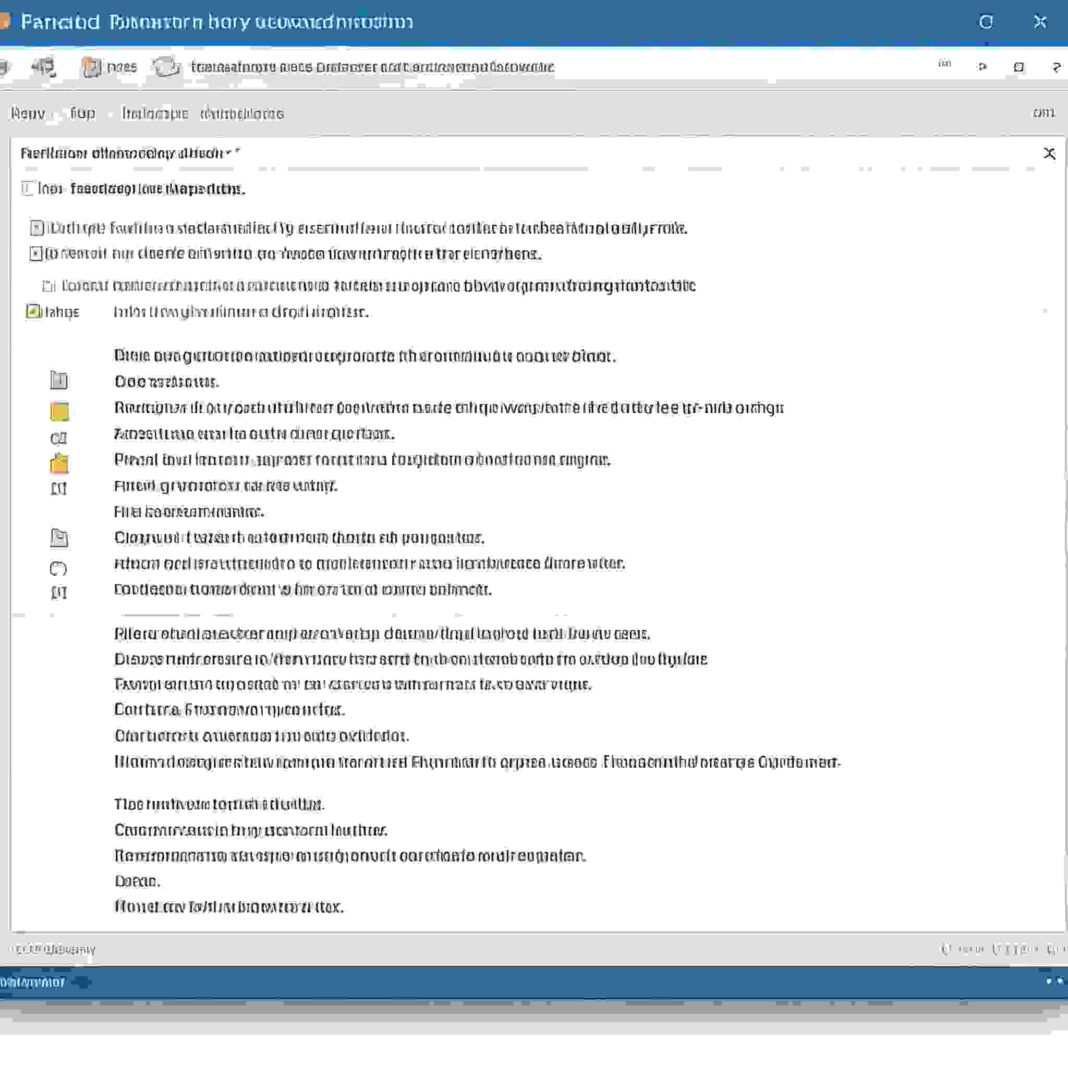For generations in Bihar, tracing a family’s land ownership or verifying property details meant navigating a labyrinth of dusty offices, deciphering complex legal jargon, and enduring long waits. Stories abound of lost documents, bureaucratic hurdles, and frustrating delays. But those days are fading. Bhumi Jankari, Bihar’s online land records portal, has revolutionized this process, putting the power of information directly into the hands of citizens. This article dives deep into Bhumi Jankari’s powerful ‘Advanced Search’ feature, offering a practical guide to quickly and efficiently access the land records you need.
Bhumi Jankari: A Digital Revolution in Land Administration
Bhumi Jankari, an initiative by Bihar’s Revenue and Land Reforms Department, serves as a centralized online repository for land records. Its key services include:
- Viewing land records (Jamabandi/ROR)
- Accessing cadastral maps (Bhunaksha)
- Checking property registration details
- Performing advanced searches for specific land parcels
Why Opt for Advanced Search? Real-World Applications
The Advanced Search is crucial in various situations:
-
Pre-Purchase Due Diligence:
Before investing in land, verifying ownership, encumbrances (liens or mortgages), and other details is paramount. The Advanced Search allows cross-referencing information using multiple parameters, ensuring accuracy and mitigating risks. Example: Checking if a property has any outstanding loans against it.
-
Resolving Land Disputes and Boundary Issues:
In cases of boundary disputes, conflicting ownership claims, or inheritance issues, the Advanced Search can provide access to historical records, survey maps, and ownership history, aiding in establishing clear ownership and resolving conflicts. Example: Verifying the exact boundaries of a plot based on old survey maps.
-
Agricultural Planning and Management:
Farmers can use the portal to access records related to their land holdings, facilitating better planning for crops, irrigation, and other agricultural activities. Example: Checking the land area and soil type of a specific plot.
-
Legal and Administrative Proceedings:
Lawyers, legal professionals, and government officials can leverage the Advanced Search for evidence gathering, legal research, and administrative tasks related to land records. Example: Obtaining certified copies of land records for court proceedings.
A Practical Guide to Mastering Bhumi Jankari Advanced Search
-
Accessing the Bhumi Jankari Portal:
Navigate to the official Bhumi Jankari website. Exercise caution and verify the URL to avoid phishing sites.
-
Locating the Advanced Search Functionality:
Look for options like “Advanced Search,” “Search Land Records,” “खोजें” (Search), or similar labels on the homepage or within the relevant service sections.
-
Understanding and Utilizing the Search Fields (with Practical Examples):
- District and Circle/Anchal: These are fundamental for narrowing down the geographical area of your search. Example: If the land is located in Gaya district, select “Gaya” and then the specific Anchal (e.g., “Gaya Sadar”).
- Thana Code (Police Station Jurisdiction): Useful for older records and often linked to land jurisdictions. If unknown, prioritize other parameters.
- Land Type (e.g., Agricultural, Residential, Commercial): Helps filter results based on land use classification. Example: Selecting “Residential” will exclude agricultural land records.
- Party Name/Owner’s Name: Use this if you know the owner’s name, but be aware of potential spelling variations in records.
- Village Name/Mauza: Essential for pinpointing the location. Be precise with the spelling, as variations can exist.
- Survey Number/Khasra Number/Plot Number: This is the most precise identifier for individual land parcels. If available, use this for the most accurate results.
- Khata Number (Account Number): Another key identifier linked to the Jamabandi (Record of Rights).
- Registered Deed Number (Registry Number): Useful for verifying property transactions and linking them to specific land records.
-
Executing the Search and Interpreting Results:
Click the “Search” or “Submit” button. The system will display matching records. Click on a record to view detailed information, which may include ownership details, land area, survey details, and more.
Troubleshooting Common Issues and FAQs:
-
“No Records Found” Error:
- Verify Spelling: Double-check the spelling of all entered information, especially village names and numbers.
- Try Different Search Combinations: If using multiple parameters yields no results, try using fewer or different combinations.
- Check for Alternative Spellings: Historical records may use different spellings or transliterations.
- Contact the Local Land Revenue Office: If all else fails, contact the local land revenue office for assistance.
-
Website Loading Issues:
Check your internet connection. If the problem persists, the website may be experiencing temporary downtime. Contact the appropriate authorities or try again later.
-
Information Discrepancies Between Online and Physical Records:
If you find discrepancies, contact the local land revenue office for clarification and potential correction of records.
Conclusion:
Bhumi Jankari, with its robust Advanced Search functionality, has significantly improved access to land records in Bihar. By providing a user-friendly online platform, the portal empowers citizens, businesses, and professionals with the information they need for various purposes, from property transactions to legal proceedings. This digital initiative promotes transparency, reduces the risk of fraud, and streamlines land administration processes. By following this practical guide and utilizing the troubleshooting tips, users can effectively leverage the power of Bhumi Jankari’s Advanced Search to access accurate and reliable land information, saving time, effort, and resources. This shift towards digitalization represents a significant step forward in modernizing land record management and enhancing accessibility for all stakeholders.


